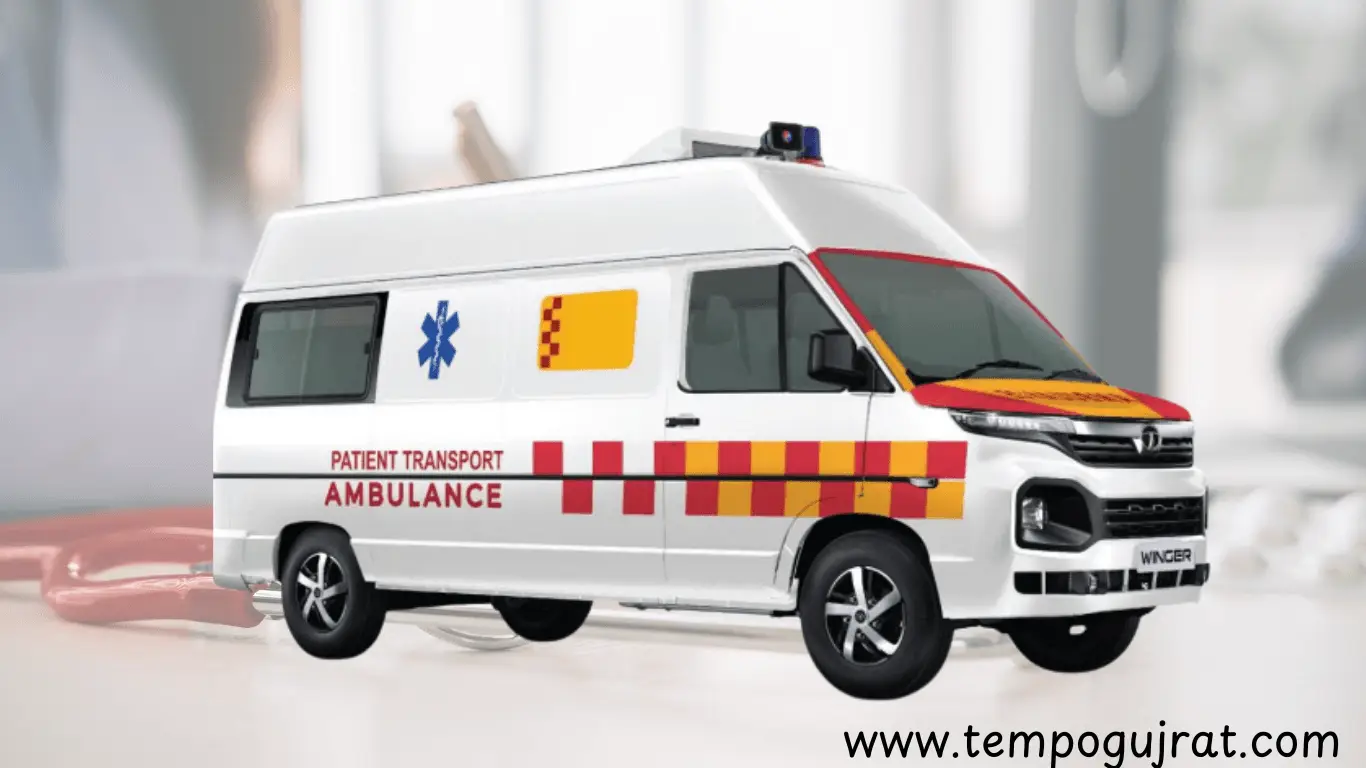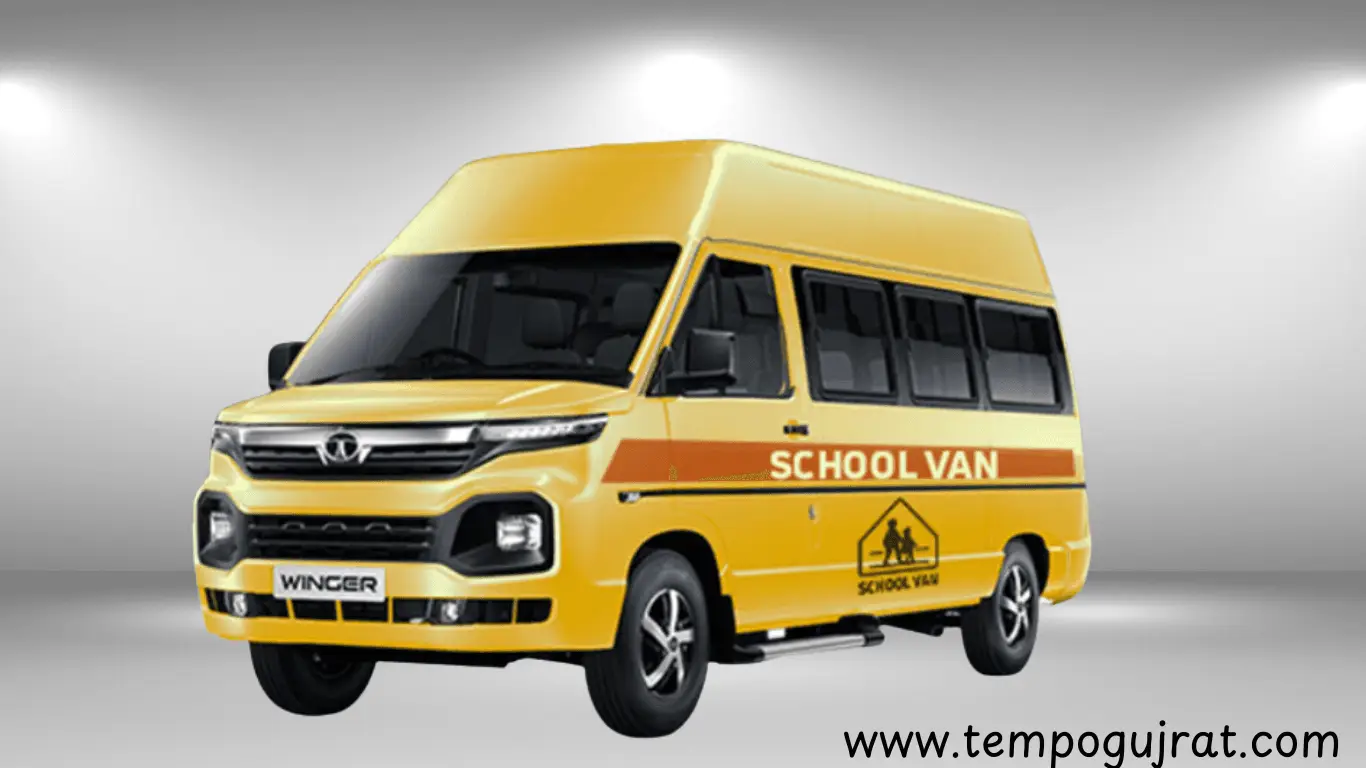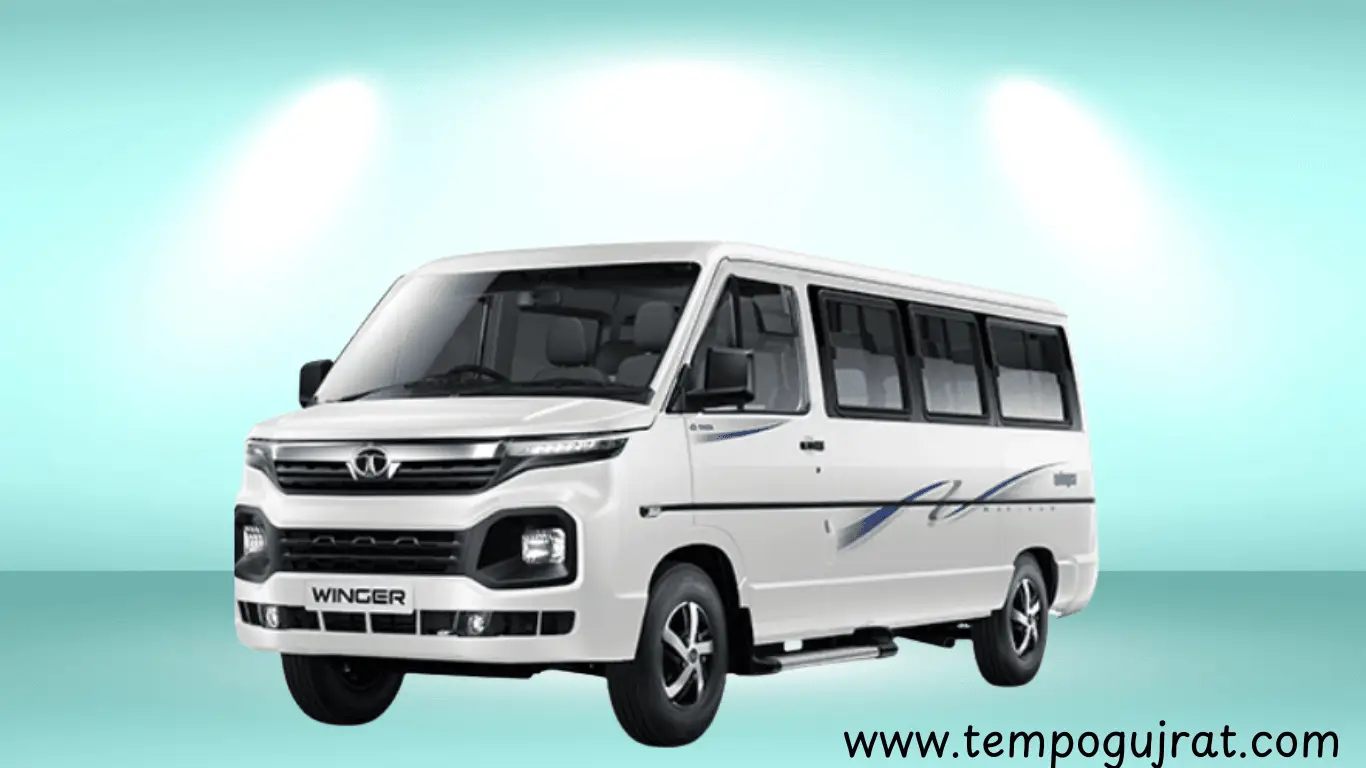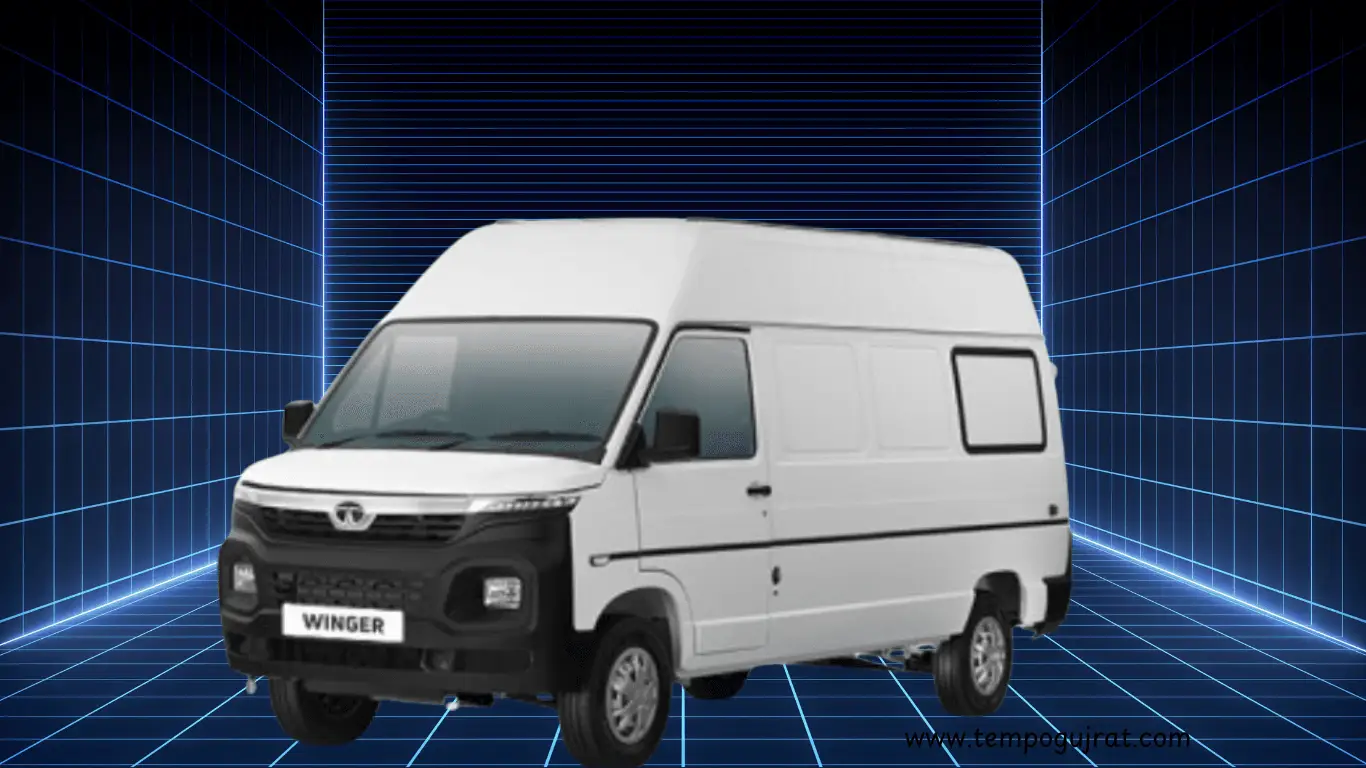Tata Winger
History and Development of the Tata Winger
Tata Motors launched the Winger in 2007 as a light commercial vehicle (LCV), targeting the mid-sized passenger and goods carrier segments. It was positioned between smaller commercial vehicles like the Tata Ace and larger vehicles such as buses. The Winger was developed in response to the growing demand for a comfortable, spacious, and economical vehicle suitable for both commercial and personal transportation in India.
One of the key reasons behind the development of the Winger was the rapid urbanization of Indian cities, which required efficient transportation solutions that could navigate both crowded city streets and highways. Tata Motors identified the need for a vehicle that could offer the comfort of a minivan while maintaining the durability and robustness of a commercial vehicle.

Design and Build
The Tata Winger is designed with a monocoque body, which makes it relatively lightweight compared to traditional commercial vehicles. This construction style also enhances the vehicle’s stability, fuel efficiency, and overall performance. The design incorporates a spacious cabin, with various seating configurations available depending on the specific model, making it an excellent choice for passenger transport.
The exterior of the Winger is simple yet functional, with large windows that ensure good visibility for passengers and the driver. The front grille and headlamps follow a utilitarian design that prioritizes functionality over aesthetics. However, over the years, Tata Motors has made incremental design upgrades to give the Winger a more contemporary and appealing look.
Models and Variants
The Tata Winger comes in various configurations and models, each catering to different needs in the market. Broadly, the models can be categorized into passenger vehicles and goods carriers. Some of the prominent versions include
Tata Winger Ambulance

The Tata Winger Ambulance is a specially designed variant that serves in the healthcare sector. It is equipped with essential medical facilities, providing a reliable and cost-effective solution for patient transport. The spacious design allows for a stretcher and medical equipment to be placed easily, while the smooth ride ensures patient comfort during transit.
The Tata Winger Ambulance is a popular choice for hospitals, NGOs, and government healthcare services. Its cost-effective maintenance and ease of customization make it an ideal vehicle for emergency medical services.
Tata Winger School Van

Designed for school transportation, the Winger School Van comes with specific safety features including seat belts for all passengers, a speed governor, and emergency exit doors. The van’s spacious and comfortable seating arrangement makes it ideal for ferrying children to and from schools in both urban and rural settings.
The Winger’s safety features and seating capacity have made it a popular option for school buses, particularly in areas where larger buses may not be practical due to narrow roads or heavy traffic.
Tata Winger Tourist and Staff Transport


This variant is popular in the tourism sector and for corporate staff transport. It offers seating capacities ranging from 9 to 15 passengers, depending on the configuration. The seats are ergonomically designed to provide maximum comfort during long journeys, making it an excellent option for inter-city travel or corporate staff shuttle services.
Tour operators and travel agencies commonly use the Winger to transport small groups of tourists. The vehicle’s spacious seating, air conditioning, and comfortable ride make it a preferred choice for inter-city and intra-city travel in India’s burgeoning tourism industry.
Many companies use the Winger to shuttle their employees between office locations or from residential areas to their workplaces. The vehicle’s comfortable seating and air conditioning make it a viable alternative to larger, more expensive buses.
Tata Winger Cargo

- The cargo variant of the Winger is used primarily for light goods transportation. Its large storage space and reliable engine make it suitable for businesses requiring frequent transportation of goods over short to medium distances. The compact size of the Winger allows it to maneuver easily in congested urban areas, offering a competitive advantage over larger trucks.
- Small businesses and retailers use the Tata Winger Cargo variant to transport goods across short to medium distances. Its high fuel efficiency and compact size make it ideal for navigating urban environments while carrying substantial cargo loads.
Advantages of the Tata Winger
The Winger offers several advantages that make it a leading choice for various applications:
- Fuel Efficiency: The diesel engines used in the Tata Winger are known for their fuel efficiency, which is crucial for commercial operators looking to minimize running costs.
- Comfort: With its spacious interiors and ergonomic seating, the Winger ensures passenger comfort, even during long journeys.
- Versatility: The Winger’s ability to serve as a passenger vehicle, an ambulance, a school van, or a goods carrier speaks to its versatility and wide market appeal.
- Maneuverability: The vehicle’s compact dimensions and light steering make it easy to drive in congested urban areas.
- Durability: Built with robust materials and designed to handle the challenges of Indian roads, the Winger is known for its long lifespan and durability.
Tata Winger in the Indian Automotive Industry
The Tata Winger has carved out a unique space in the Indian automotive industry. While larger buses or smaller mini-trucks dominate other segments, the Winger’s intermediate size fills a critical gap. The vehicle’s ability to balance passenger comfort with commercial utility has made it a favorite among fleet operators and small businesses.
Moreover, Tata Motors has continued to upgrade the Winger, incorporating modern features like better air conditioning, improved seating arrangements, and compliance with the latest emission norms (such as BS6). This commitment to evolution has helped the Winger stay relevant in an ever-changing market.
Future Prospects

The future looks bright for the Tata Winger, especially as Tata Motors continues to innovate and cater to the changing needs of the market. The growing demand for urban transport solutions, combined with the rise of tourism and healthcare services, ensures a steady demand for multi-utility vehicles like the Winger. Additionally, with the increasing emphasis on electric mobility, it is possible that Tata Motors may introduce an electric or hybrid version of the Winger in the near future, further boosting its appeal.
